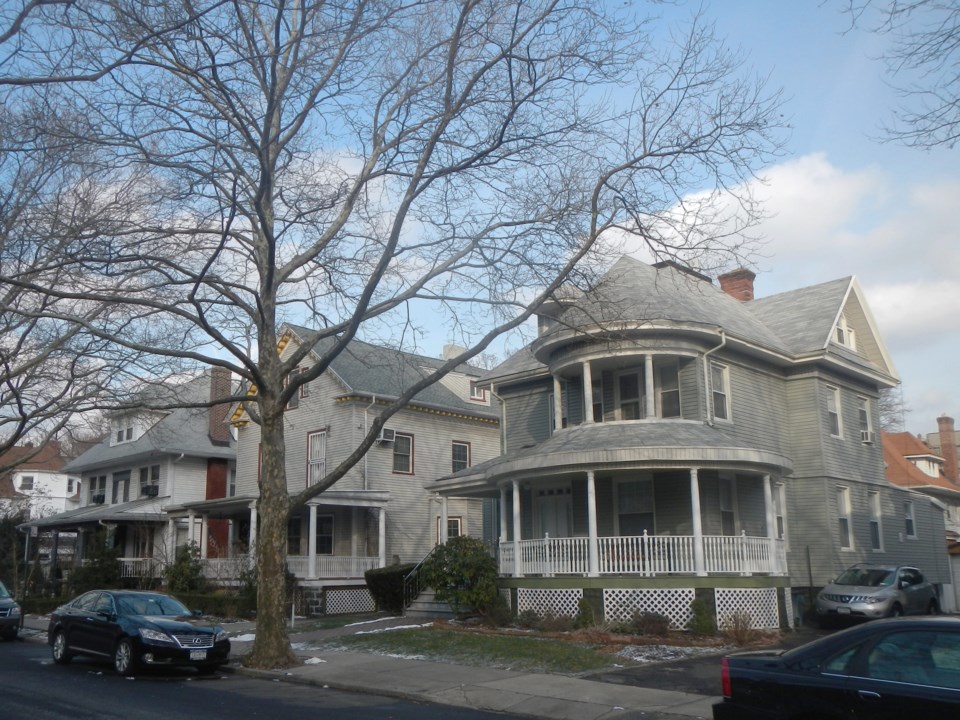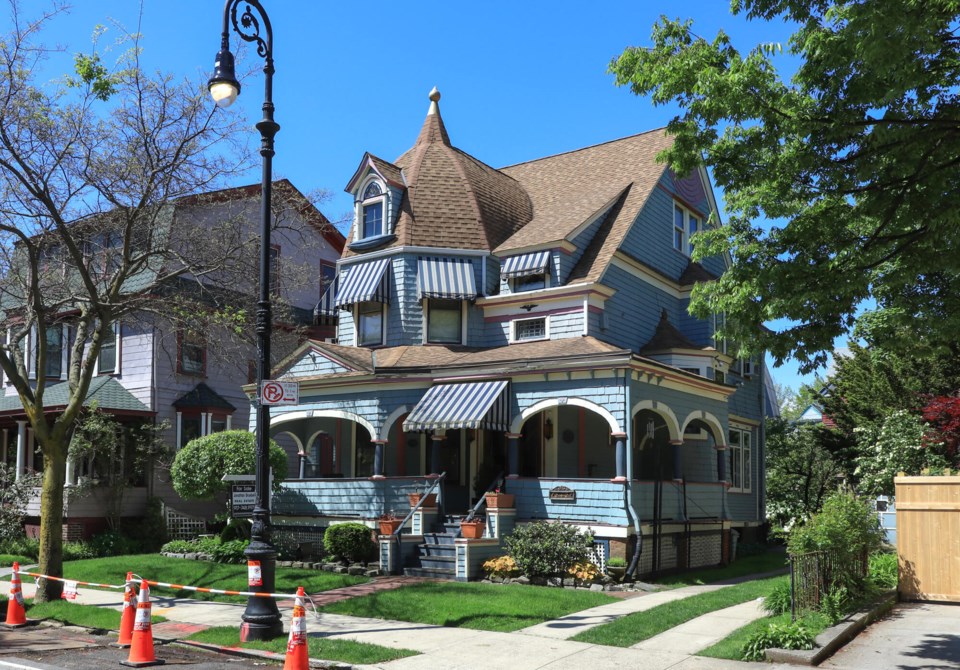Beverley Squares, comprising Beverley Square East and Beverley Square West, is a coveted residential New York City neighborhood that is often thought to be a subsection of Ditmas Park.
Developed by Thomas Benton Ackerson on rural farmland land including a plot he acquired from Catherine Lott, a member of one of Brooklyn's oldest Dutch families, the neighborhood has stood the test of time since the construction of the first homes in the 1900s.
It is difficult, if not altogether impossible, to tell the history of the Beverley Squares without frequently mentioning Ackerson, who is the brains behind the development. Using his savings from his job at the Knickerbocker Ice Company, Ackerson bought 10 acres of land from the Lott family, which he invested towards developing Beverley East and West.
The West was built on Lott's farm, and the construction of the large houses in the East began in 1898.

Understanding the importance of public transportation, the developer arranged the construction of subway stations on the Brooklyn Rapid Transit and other road infrastructure to make the area attractive for prospective buyers.
In the early days, Beverley Square East houses sold for $10,000 and upwards and the Beverley Square West that he sold for $6,500. Now, the stately homes regularly sell from $1.5 million to $2.5 million.
Many peoplel also refer to the area as Victorian Flatbush. Lewis Pounds, the former Brooklyn Borough President, lived at 317 East 17th Street in Beverley Square East.
Although the neighborhood has not yet been landmarked, its rich history, seen through its architecture, among other features, warrants landmarking by the New York City's Landmarks Preservation Commission, as the real estate is believed to be the of great historical significance.
Among the architectural designs in the neighborhood are the Victorian, Colonial Revival, and Edwardian style homes. According to Brownstoner, Ackerman's home is at 304 Marlborough Road and is part of the proposed Beverley Square West Historic District.
The neighborhood may have its roots in the 1900s, but it can't be said that its developers weren't futuristic in their planning.
Current residents access the city through the Q and B subway lines, and the major shopping corridor is Cortelyou Road, where a host of hips shops and restaurants attract a neighborhood crowd. Nearby, there's also Church Avenue, Flatbush Avenue and Newkirk Avenue where residents get their shopping done.

